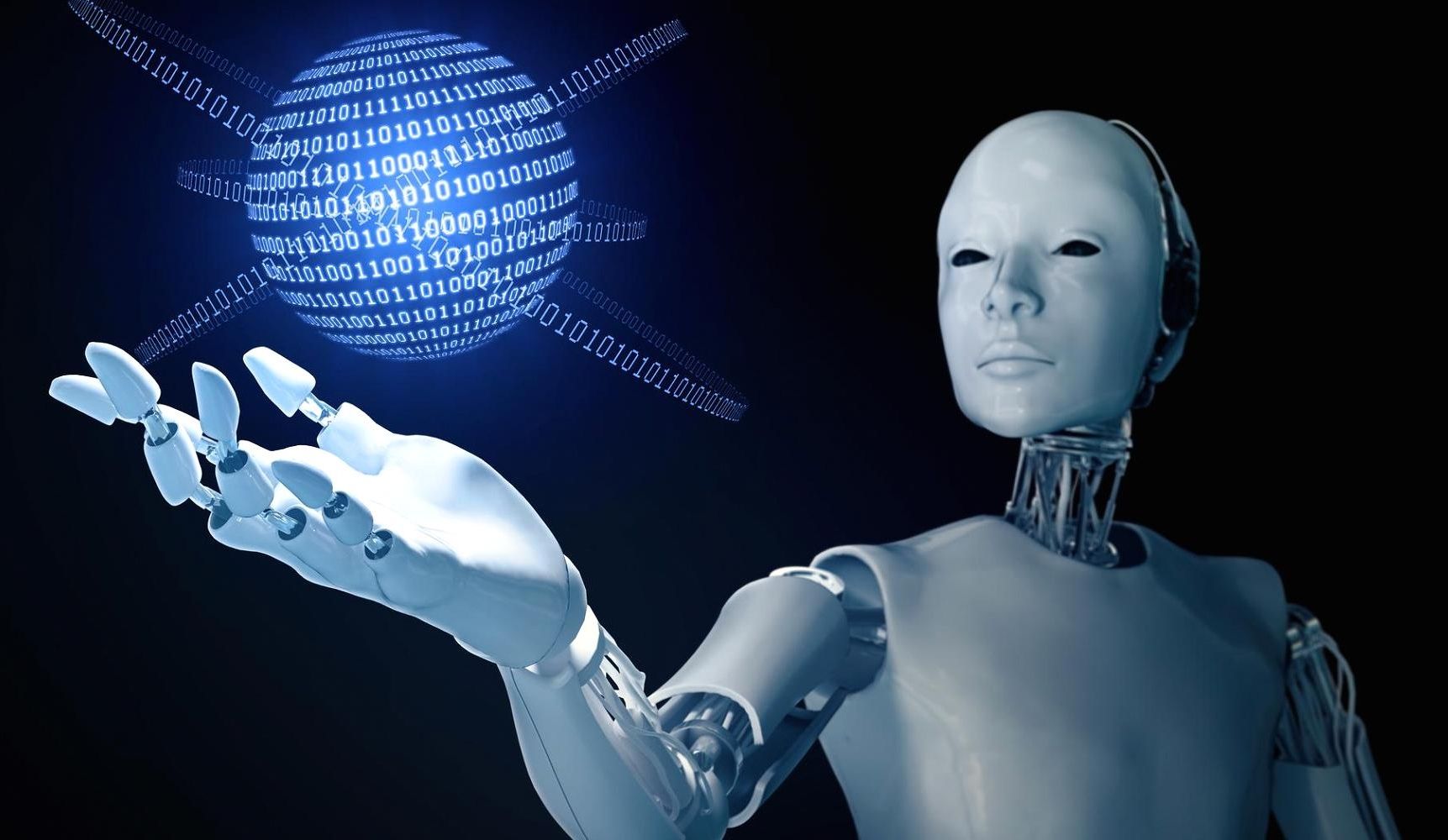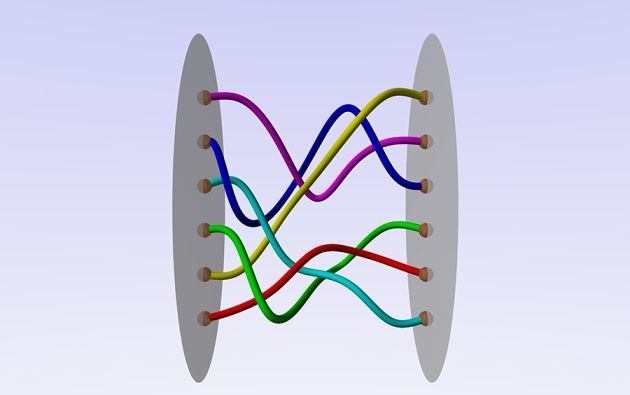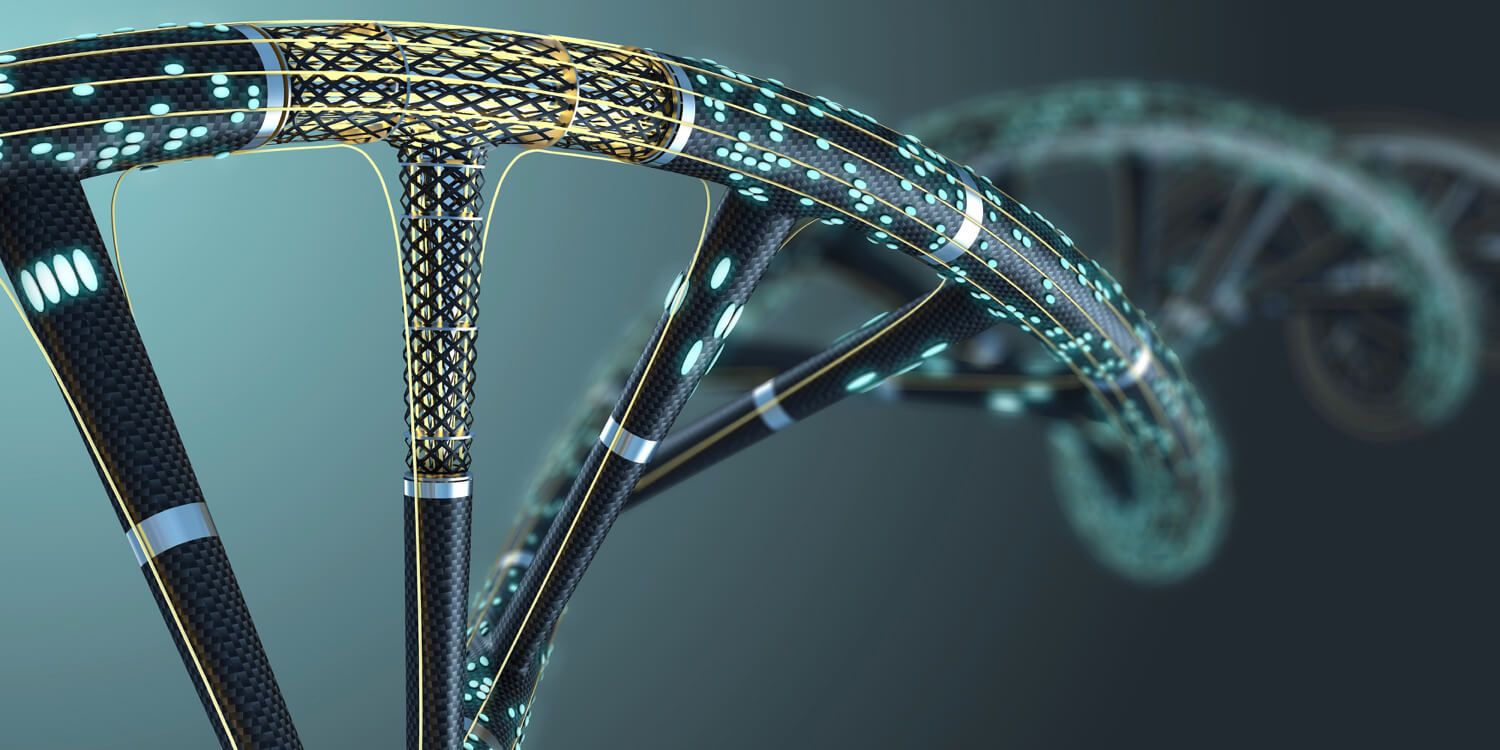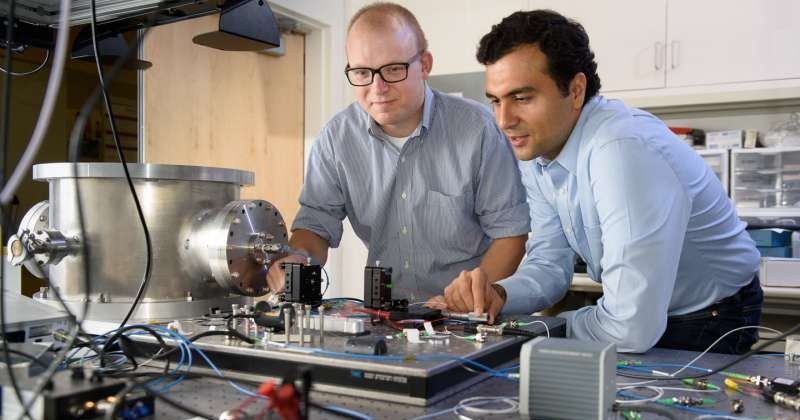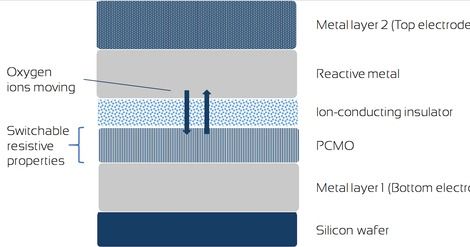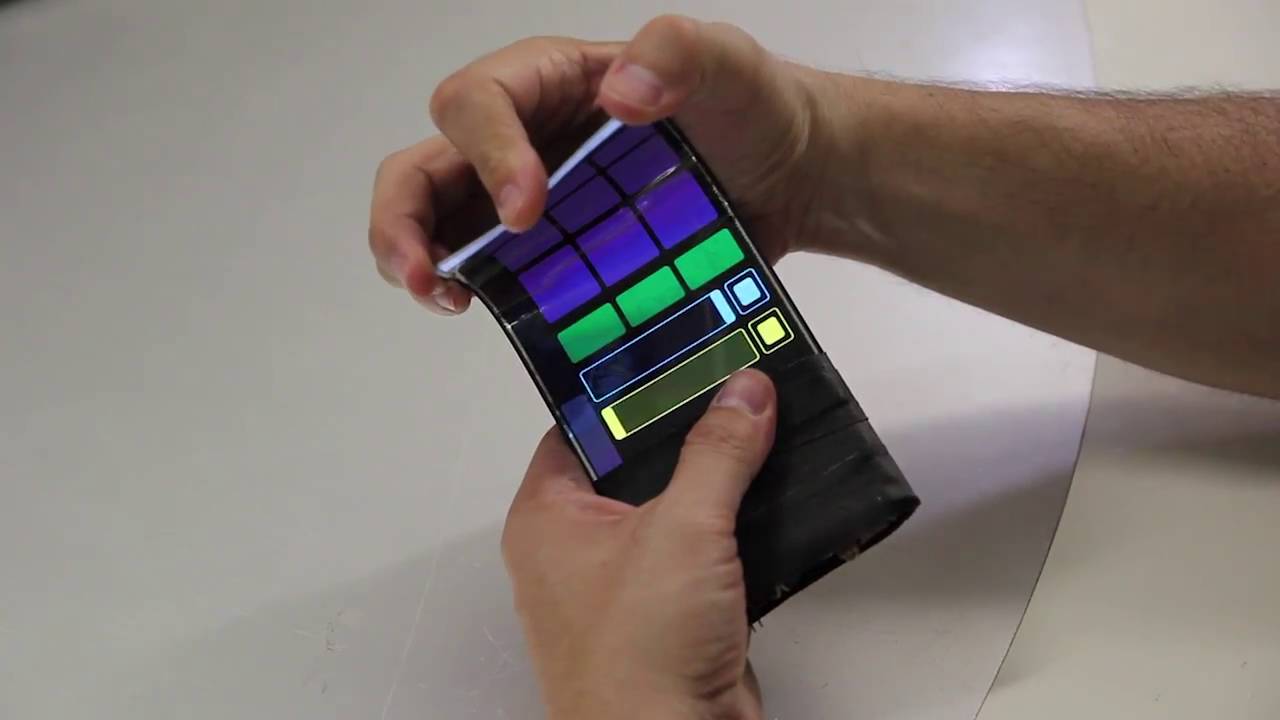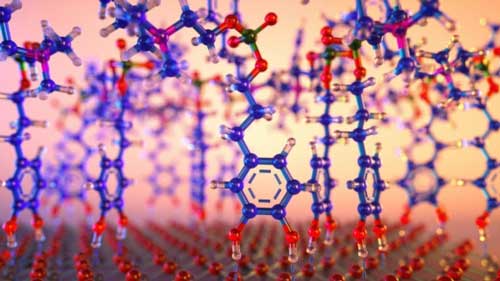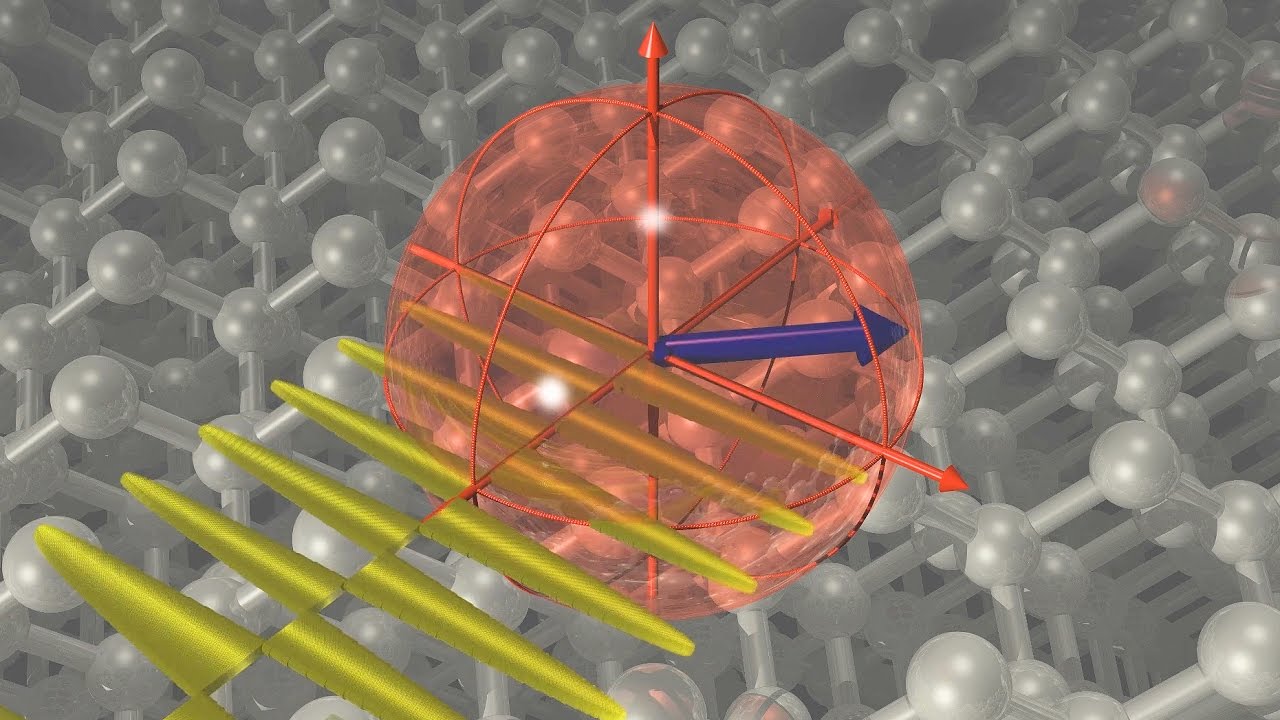Oct 23, 2016
Artificial intelligence will change the ‘course of our species’: Top Goldman tech banker
Posted by Elmar Arunov in categories: computing, finance, information science, internet, robotics/AI
Artificial intelligence is a “momentous development,” said George Lee, co-chairman of the global technology, media and telecom group at Goldman Sachs.
“As awesome as the internet has been, it will be best remembered as really the predicate for machine learning,” said Lee, who’s also chief information officer of Goldman’s investment banking division. He appeared on CNBC’s “Squawk Alley” on Wednesday from Goldman’s Builders + Innovators Summit in Santa Barbara, California.
The internet enabled computing scale in a network and serves as a way to “collect data that’s used to train all these algorithms,” Lee said, predicting machine learning will “change our world … and even the course of our species in ways that are hard to predict today.”
